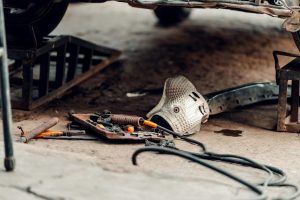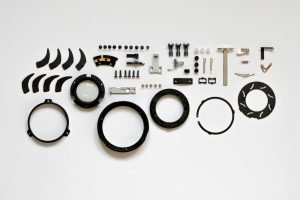Robot Vacuum Wars: Mapping Tech That Avoids Pet Accidents
Pets are a wonderful addition to our lives, but they certainly come with their fair share of mess and accidents. From muddy pawprints to shedding fur, pet owners are constantly battling to keep their homes clean and tidy. Thankfully, with advances in technology, there’s a new contender in the war against pet mess – robot vacuums.
Introducing Robot Vacuum Wars
In recent years, robot vacuums have become a popular choice for busy individuals and families looking to save time on household chores. Equipped with sensors and mapping technology, these little helpers navigate themselves around our homes, sucking up dirt and debris along the way.
But what about homes with pets? Traditional robot vacuums may have trouble navigating around pet toys, finding hidden fur balls, and avoiding pet accidents. This led to the rise of a new trend in the world of robot vacuums – mapping technology that specifically targets and avoids pet mess.
The Battle of Mapping Technology
Visual Mapping
One type of mapping technology used in pet-friendly robot vacuums is visual mapping. Through the use of cameras and sensors, these vacuums are able to create a map of the room they are cleaning. This allows them to efficiently move through the space and avoid any obstacles, including pet toys and furniture.
But what about those pesky pet accidents? Visual mapping technology also allows these robot vacuums to detect and avoid any wet spots on the floor. This feature not only saves the vacuum from a messy encounter, but it also prevents the spread of the accident throughout the rest of the house.
LIDAR Mapping
Another type of mapping technology used in pet-friendly robot vacuums is LIDAR (Light Detection and Ranging) mapping. Similar to visual mapping, LIDAR mapping uses sensors to create a 3D map of the room. However, this technology uses lasers rather than cameras to detect obstacles and map out the space.
One advantage of LIDAR mapping is its ability to accurately detect and avoid small objects, such as pet toys or scattered litter. This ensures that the robot vacuum is able to clean every inch of the room without getting stuck or missing any spots.
Additional Features to Look For
Beyond mapping technology, there are other features to consider when choosing a pet-friendly robot vacuum. Look for vacuums with strong suction power and rotating brushes, as these will help to loosen and pick up pet hair from carpets and furniture.
Some robot vacuums also have a feature specifically designed for picking up pet hair. This may include special brushes or suction modes that target and remove pesky fur strands from your floors and furniture.
Another important factor to consider is the size and shape of the robot vacuum itself. A smaller, slimmer vacuum will be able to navigate through tighter spaces and under furniture – perfect for getting to those hard-to-reach pet fur hiding spots.
The Verdict
There’s no denying that robot vacuums have streamlined the process of keeping our homes clean and tidy. With the rise of mapping technology specifically targeting pet mess, these little machines are becoming even more efficient and effective.
Whether you opt for a visual mapping or LIDAR mapping robot vacuum, make sure to also consider additional features that will help tackle pet hair and keep your home looking spotless. With these advancements in technology, it seems that the war against pet mess may have finally met its match – the robot vacuum.
So, if you’re tired of constantly battling pet mess and wasting your precious time on household chores, consider investing in a pet-friendly robot vacuum with mapping technology. Your clean floors and sanity will thank you.











